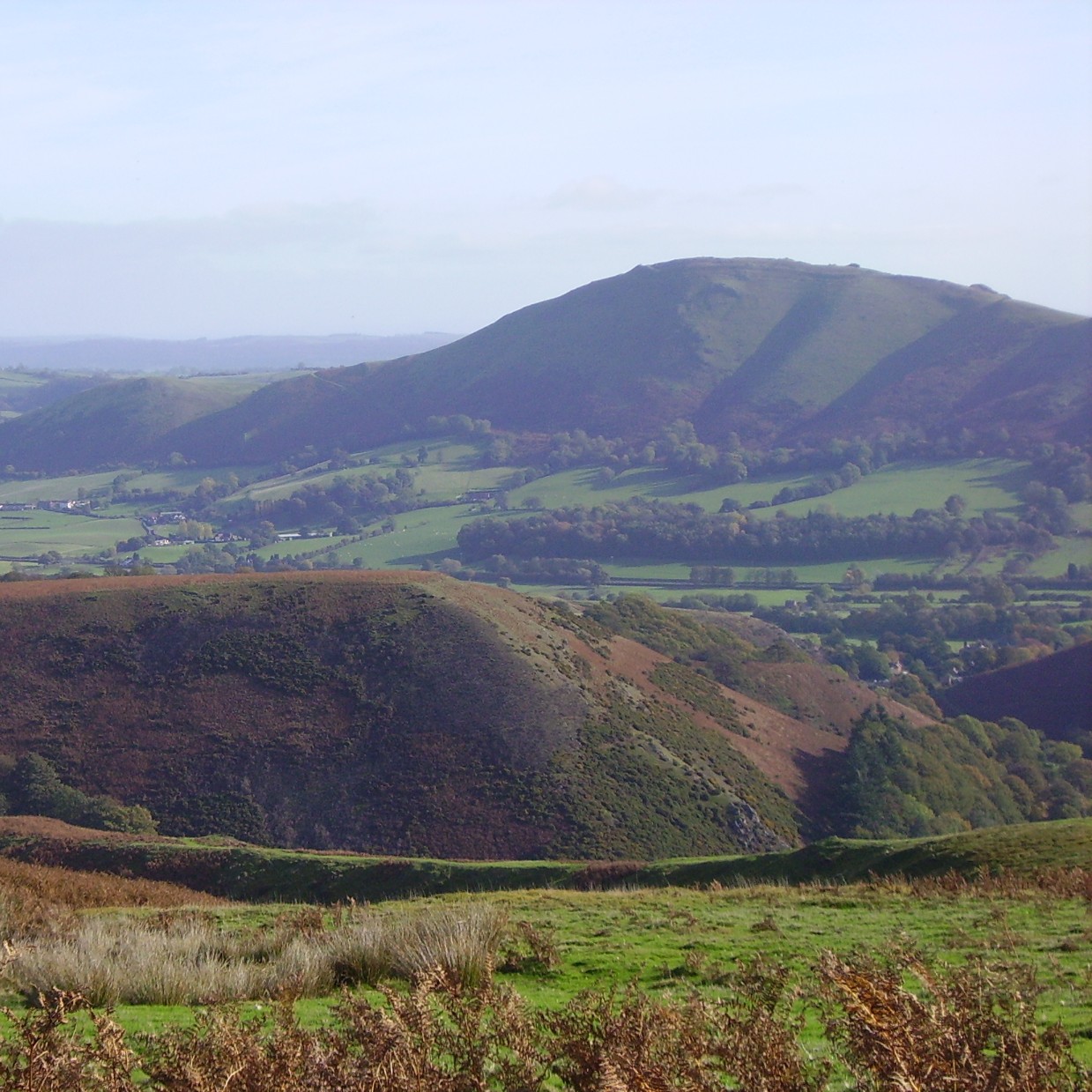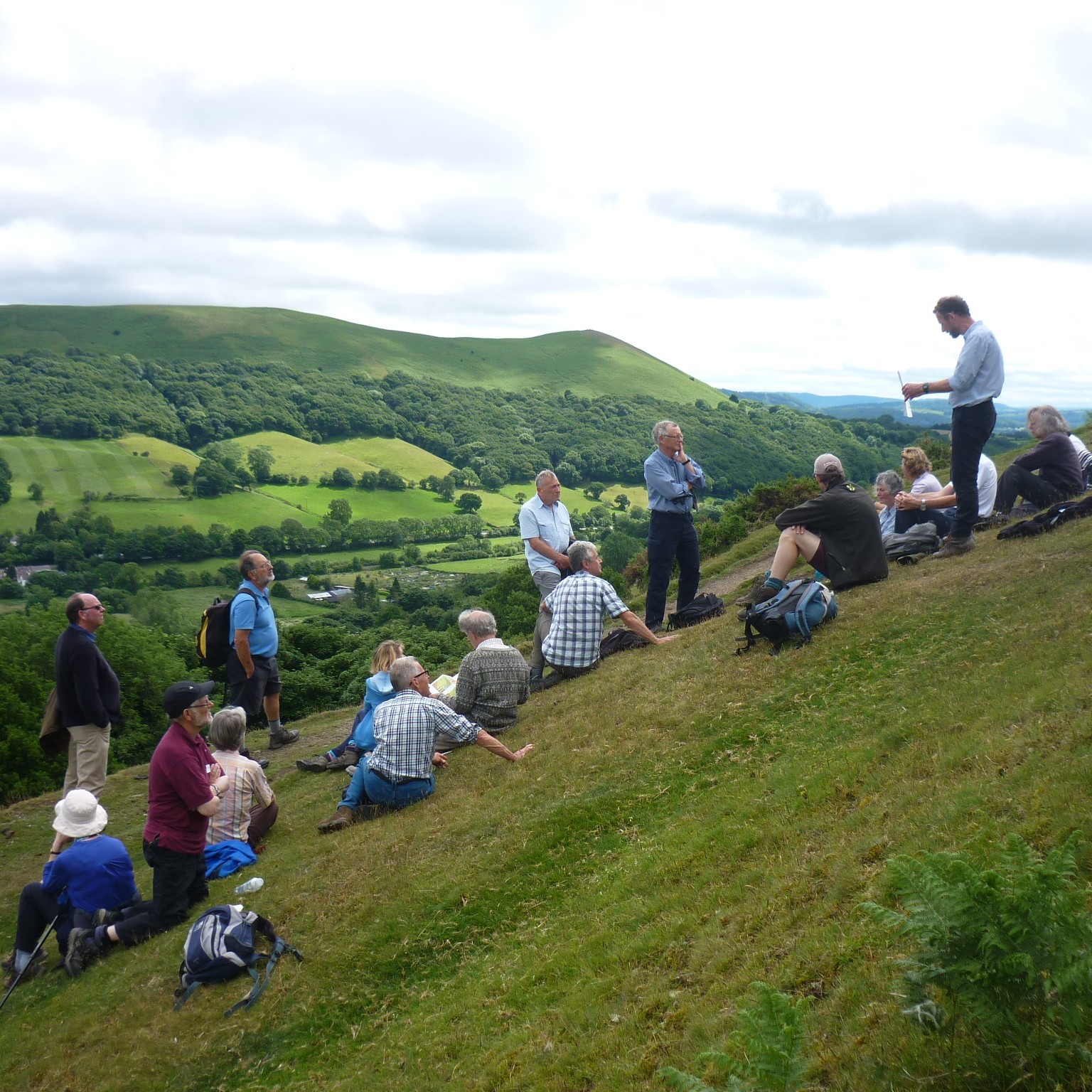Ash dieback is a disease caused by the fungal pathogen Hymenoscyphus fraxineus. Since 2012 it has been spreading across the UK and its impact is now accelerating in the Shropshire Hills.
This is important because ash is a very significant landscape tree and because it supports valuable wildlife, both at a woodland scale and as an individual tree. Whilst the long-term impact of dieback on our ash trees is likely to be devastating, its outcome is still uncertain.
We want to limit the impact of dieback by promoting sensitive management to safeguard remaining ash trees and woodlands.
ASH DIEBACK POSITION STATEMENT
Background
The impacts of ash dieback are increasing steadily around the Shropshire Hills as elsewhere in
the country. We are commenting on an increasing number of felling licence applications
related to ash dieback, confirming this.
Whilst awareness of ash dieback is increasing, perhaps how to manage its spread less so,
raising concerns that in some cases more felling is being done than necessary, resulting in
unnecessary harm to the landscape. There are options for managing affected ash trees that
mitigate against risk to people or property.
The purpose of this statement is to highlight particular issues and sources of guidance, and
discourage and over-zealous response to the disease resulting in a faster loss of trees,
including potentially healthy or disease resistant trees
Ash in Woodlands:
Due to the high numbers of ash/proximity in woodlands, the increased prevalence of fungal spores, reduced air movement and the ever-present threat of climate change, ash woodlands will be increasingly susceptible to dieback. Nevertheless, even in severely affected woodlands, healthy or disease resistant ash may persist, and it is important that these trees are identified and preserved as genetic resource, to in time, allow our ash woodlands to recover. Preference is to undertake a selective/precautionary approach to disease management rather than undertake wholesale removal of ash in a woodland (which has other undesirable consequences).
Field, boundary and urban trees:
Individual trees will be susceptible to dieback; roadside trees, urban trees or trees alongside footpaths and bridleways may pose a safety risk. Management to safeguard the public should be priority, but where there is no risk to the public (e.g. hedgerow or field trees), the retention of the tree as standing deadwood may be an option for wildlife habitat reasons.
Responsibility vs Risk:
The owner of land where a tree stands is responsible for the safety of the public who could be affected by a falling tree. Whilst ensuring public safety is paramount, the overall risk to the public from falling trees is extremely low, and the National Tree Safety Group publication “The Common Sense Risk Management of Trees” provides guidance on risk assessment.
Getting Consent:
Unless the trees are dead or pose a real and immediate danger a felling licence may be required prior to tree removal. From November 2021, in certain circumstances, in response to increasing outbreaks and public safety concerns a simplified application process applies.
If ash dieback affects SSSI woodland, permission should also be sought from Natural England both for felling and for restocking.
For individual ash trees in a Village or Town Conservation Area or for trees with a Tree Protection Order (TPO) Shropshire Council should be consulted prior to undertaking any management.
In all cases wildlife surveys should be undertaken to assess for the presence of protected species such as bats and dormice and relevant permissions obtained before trees are felled or managed.
Restocking/Replanting:
Whilst no one tree can replace ash, consider replanting a variety of tree species, this may help approximate the ecological gap the loss of ash of trees will create. Alternatively, woodland recovery by natural regeneration may be considered (or supplemented by planting), either will help to maintain more resilient woodlands.
Funding:
Countryside Stewardship Woodland Tree Health Grant - capital grant for farmers and land managers to restock or improve woodland after tree health problems
Defra Tree Health Pilot (Shropshire Hills National Landscape only) - expands on support already available through the Countryside Stewardship woodland tree health grant.


